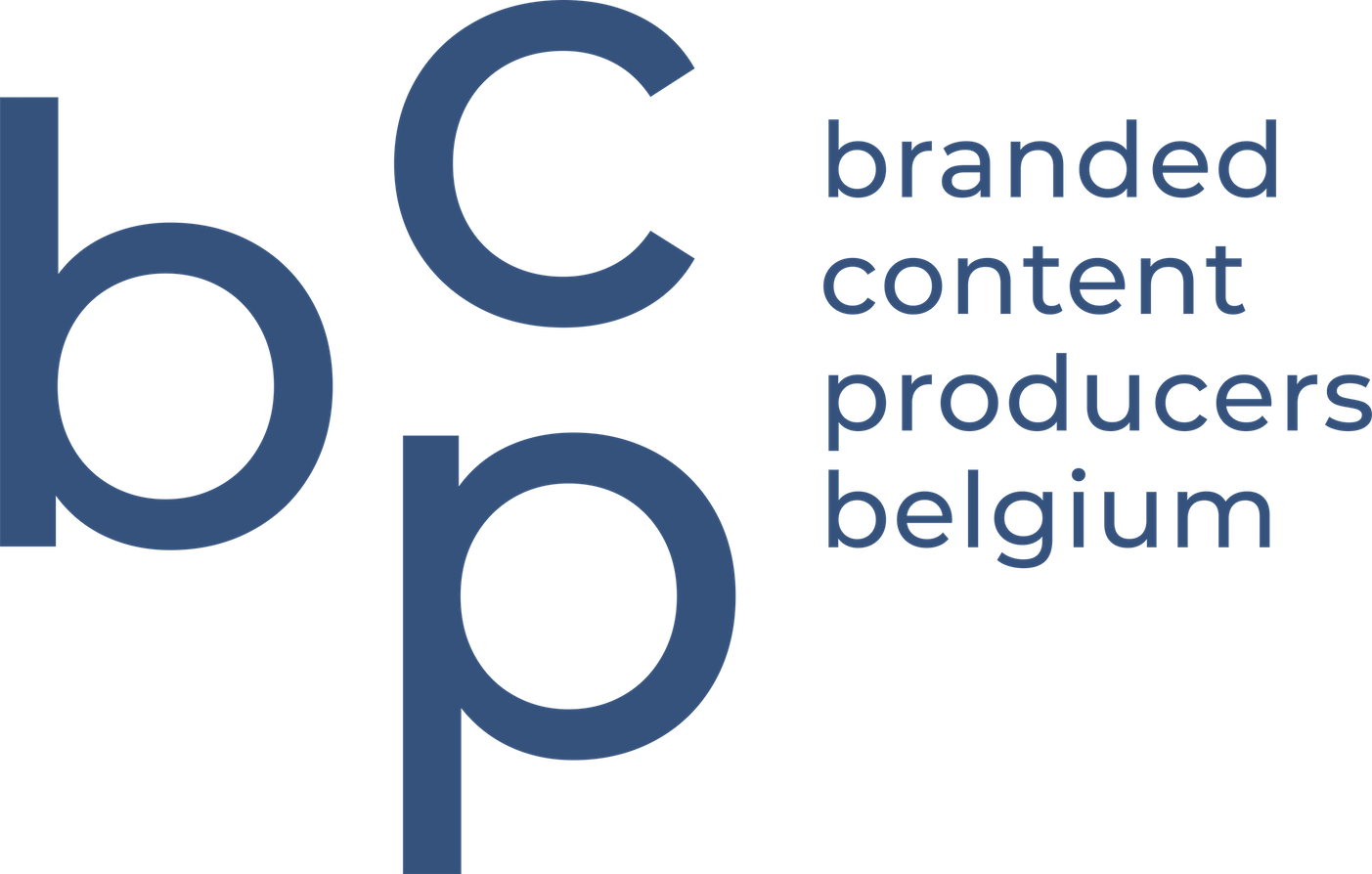12.1 In general
‘Postproduction’ is the process in which the commercial will be completed: the process between the filming and the delivery of the broadcast material.
The Production company is responsible for the execution of the postproduction. The postproduction is an indispensable part of the production and can under no circumstance be disconnected from the overall production process.
The postproduction phase consists of many postproduction processes, from editing to complex visual and audio effects, sound and cinema completion; Such a process may be expensive and a time-consuming part of the total production. Either one or several specialised companies will be engaged to facilitate the completion of the film, using the latest technology to do so.
Increasingly, the use of video-and audio effects is becoming a fundamental part of the creative objectives for the Communication agency and the general execution of the concept. It is therefore essential that those objectives and goals are included in the planning and budgeting from the very start, communicating the direction to postproduction houses as soon as possible.
When the Production company elaborates the offer, based on the PIBS and the director’s interpretation treatment, all postproduction elements and the time needed to execute those, will have to be studied and the right financial means will have to be foreseen. It will include the costs from preproduction to the completion of the commercial(s), including the costs for the video-audio effects.
Once the job is awarded, preferably before finalising the final budget, the Communication agency and the director will discuss with selected postproduction facilities in detail the postproduction goals, the way how these can be reached, the time span and the costs.
N.B.: Postproduction facilities and technology within those are not to be mistaken for a ‘production-wonderdrug’ which can completely change or improve the failures in filmed footage, absorb and repair the change of opinion during the shoot, fully balance the unjustified pressure on the set or compensate for a biased individual approach of the original basic conditions for an efficient shooting.
Interim changes of the approved storyboard/ script, which at first sight may look very easy in respect of a postproduction treatment could be misleading and may lead to extensive unforeseen extra costs.
12.2 Some basic principles
The best practice is to call a meeting at the very early start of the production, involving all parties – an editor and a postproduction facility to explain production requirements and clarify the cost structure. Also, it is important to agree and clearly specify where the contractual relationships with engaged suppliers begin and where they finish.
Any extra cost needs to be approved and it is the TV producer who is usually authorised to do so.
It is important to emphasize that any hierarchic division during the postproduction in regards to the approval(s) and making decisions – whether it is on the Advertiser’s or the Communication agency’s side- can lead to substantial cost increase.
To avoid or limit the extra post production costs, one has to carefully monitor all requests for extra requirements. New technology which can optimize the completion of different edits or versions can increase the price enormously.
The PIBS and the offer, both clearly indicate in detail which production and postproduction requirements are included and covered within the submitted total of the final offer and specifies how many variants/versions of the finished commercial will be made.
The original offer made by the Production company includes and specifies in detail the postproduction requirements covered within the budget and planning involved, both based on the interpretation of the director and the specifications of the Communication agency as briefed out. Any changes which may arise will resolve in extra costs, those will be included in an additional estimate.
12.3 Off-line editing
The footage needs to be edited. This is a fundamental part of the technical and creative process. Production company’s offer will indicate in what extend the editing work is included. The editing is a creative process, supervised by the director who’s presence and guidance is mandatory and will have to be included in the contract/offer of the Production company.
The starting point for the director and the editor (chosen for his capacities) is to select shots needed to fullfill the creative brief. Once the selection is made, the film version is presented and discussed with the creative team and the TV Producer. If desired, at Production company’s responsibility, changes can be made to achieve agreed director’s cut version of the film which is then presented to the Communication agency and the Advertiser.
The director, the editor and the creative team/ TV-producer will, if required, make further changes to achieve a version approved by the Communication agency; the agency offline version. Any changes after the agency offline film has been accepted will be charged at extra cost. Any extra costs need to be approved between the TV Producer and Production company producer.
It is important when considering whatever adaptation of the editing of the images that these will be done in the offline stage of the film, before starting the next step in the postproduction.
12.4 On-line video finishing
The estimate of the Production company includes the offline as well as the online costs (incl. video and audio). The grading (color correction or telecine) of the footage and the online postproduction are solemnly up to a creative interpretation of the director therefore consequently the responsibility for finishing the TV commercial lies entirely with the Production company. The PIBS and the final offer will have to indicate this clearly.
Postproduction technology allows creating all kinds of variations and/or embellishment -mock-up of the images, therefore a strict control of the creative demands is essential. All personnel involved will have to be capable to notice when experimenting goes beyond the frame of requirements based on agreed storyboard and approved budget.
All parties involved are aware of the exact parameters of the agreement between them and the online postproduction facility to understand when additional costs can occur. Online edit version of the film needs to be approved by all parties involved before commencing the best step if the postproduction process.
12.5 Audio-finishing
Music as well as the rest of the sound design/track is often an important element in the creative concept. The complexity of the soundtrack will have to be defined early stage of the production process and the planning and the budget consequences determined so that the right provisions can be made and included in the PIBS and the final offer.
The lengths of all music licensees used as well as the availability of the chosen voice-overs are to be checked carefully. The Communication agency and the Advertiser have to approve the voice-over text and artists before the voice over recording. Planning of voice-overs and the implications for the budget have to be checked so that appropriate provisions can be made and included in the final offer of the Production company.
12.6 Television versions
It has to be agreed beforehand and included in the PIBS if different versions of the commercial are required. Costs related to producing versions have to be included in the final offer. In case other versions are required beyond the agreed framework, the Communication agency has to inform the Production company and an extra cost estimate will be supplied to them.
The delivery of the TV versions (broadcasting masters) to the channels will be done in digital format and can be executed by official D-Mat certified production and postproduction companies only.
12.7 Cinema requirements
If a cinema version is required, it has to be specified in the PIBS and the original offer has to consist of the related costs. If the cinema version is not included in the original contract and is required at the later stage of the production, a separate estimate is to be supplied.
When creating a cinema version, the editor and postproduction company have to pay special attention to:
- Cinema requirements e.g. length of the film and approval procedure- if applicable
- Specific requirements for titles / supers
- The planning of the cinema postproduction work
- Grading (color correction)
- Specific requirements for sound and video framework
- The checking procedure of the copies
- Delivery requirements
It is indicated, in function of the kind of film, to include in the PIBS all the details concerning the preparation of the cinema material.








